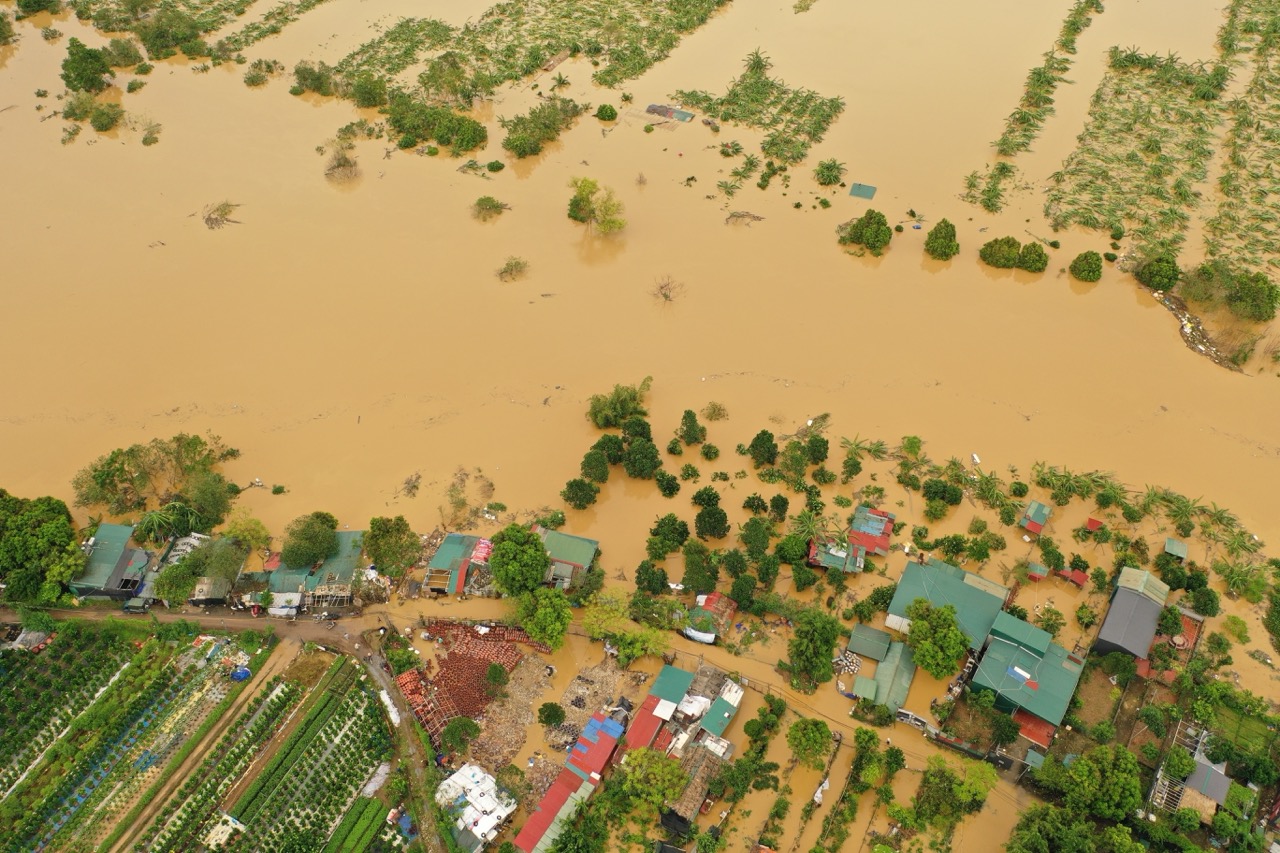Improving G7 performance on climate change
In June 2025, G7 leaders meet in Kananaskis against a backdrop of unprecedented circumstances with political authoritarianism and climate change colliding. On 20 January, US president Donald Trump withdrew the United States from the Paris Agreement and revoked its climate financing commitments to the international community. The Trump-G6 dynamic will take centre stage at Kananaskis: the G7 is no longer a like-minded group. How well the G6 can unite against Trump’s deviations will have a deep impact on the Kananaskis Summit’s priorities of disaster response and prevention, extreme weather events and wildfires around the world.
Climate change has been on the G7’s agenda for almost five decades, taking a greater share of its declarations over time, with commitments that have rising compliance, if not impact.
Deliberations
Since 1975, the G7 has dedicated an average of 5% of its declarations to climate change at each summit.
In its first three decades, it averaged only 2% on climate change per summit. In the following two decades, from 2005 to 2024, this average jumped to 10%, signalling climate change as an increasingly global phenomenon.
Over the past five years, the problem has grown and attention has increased. With the exception of Trump removing climate change from the agenda in 2020 in the brief virtual G7 summit he hosted during the Covid-19 pandemic, it continued to be discussed. A year later, under different leadership the G7 dedicated 19% of its deliberations to climate change. This continued, with 25% in 2022, 35% in 2023 and 13% in 2024.
Decisions
The G7 has made 496 climate commitments, taking 6% of the total on all subjects. In the first three decades, it averaged 5% per summit. In the following two decades, the average rose slightly to 8%. Thus, proportionately, G7 decisions have not kept pace with the deliberations.
Recently, there has also been inconsistency. During Trump’s first presidency, the number of G7 climate commitments declined steadily before vanishing in 2019 and 2020. Although the UK in 2021 and Germany in 2022 brought them back, with the summits they hosted making 13% and 15% respectively, a decline returned in 2023 with 9% and in 2024 with 3%.
Delivery
Members’ compliance with the 104 climate commitments assessed by the G7 Research Group averages 77% – on par with the 77% average with the 736 assessed commitments on all subjects.
In its first three decades, climate compliance averaged 72%. In the next two decades it rose to 77%. However, from 2015 when the Paris Agreement was signed until 2023, compliance averaged 83%.
More recently, compliance has been consistently high. For commitments made in 2021 it averaged 90%, for 2022 88% and for 2023 91%. However, by December 2024 compliance with the 2024 Apulia Summit commitment to mobilise adaptation financing averaged a very low 56%.
Recommendations
The G6 can expect conflict with the current US administration, whose values are antithetical to the post–World War Two global order, including on multilateral cooperation for climate action. In this context, the G6 must remain united, and promote evidence-based outcomes at the Kananaskis Summit.
This should start with declaring strong, unwavering support for the multilateral United Nations climate system, with the UN Framework Convention on Climate Change at its core. G7 climate commitments that reference the UNFCCC average 77%, the highest compliance of any other type of climate commitment.
Sustained internal institutional support is also key. Data show a positive correlation between pre-summit environmental ministerial meetings and compliance outcomes. G7 presidencies that held such ministerial meetings produced 10% higher compliance with climate commitments made at that year’s summit.
Maintaining the required sense of urgency in response to the climate crisis is essential. Climate commitments that specify a short timeline also average higher compliance than those that delay action for the next generation to deal with. A one-year or multiyear timeline in a commitment generates 76% compliance.
Compensating for the financial shortfall caused by the US withdrawal from its climate finance commitments, which compounds the already existing shortfall, is also critical. The G7’s lowest climate compliance is with its climate finance commitments at 69% – without the US, the G6 will need to do much more here.
Last, the G7 should link climate change goals with the current rising security concerns by increasing its focus on climate security. This should include climate security in vulnerable regions, such as the Arctic, and disaster prevention and response (weather and war) that embeds a physical and mental health perspective.
Conclusion
Of primary concern at Kananaskis will be the backsliding of democracy in the United States, which threatens equality and autonomy across all levels of governance. This subsequently risks dramatically undermining environmental equity and fuelling climate chaos. The G7’s ability to govern the climate crisis (which its members significantly helped to create) since Trump first took office in 2017, and again this year, has been in question. Canada’s leadership on climate change has also often been questioned, due to its colonial history and role as a resource extractive power. However, with the summit being held in Alberta, which has been devastated by fossil-fuelled wildfires and is also in Canada’s sun-belt, combined with a new prime minister who has made climate finance a recent centrepiece of his career, there is reason for cautious hope that Canada and its summit allies can relay a strong climate message through forceful G6 climate commitments and stand up to authoritarianism.












